by Andrew Fenstermaker, Drew Olsson, and Sarah Hampton
Introduction
Generative artificial intelligence (GenAI) stands to be a disruptive technology in education and all facets of our daily life. While this technology offers significant advantages for teaching and learning, it hinders the process when used without a full understanding of how the technology works and how to evaluate the content generated. The educator must remain the expert, advocate, arbiter, human in the loop identifying why and when the technology gets used, and the critical evaluator to uphold the best of our human ideals.
CRAFT Framework Overview
Using GenAI to augment the lesson design process can seem overwhelming. From composing and revising prompts to evaluating the outputs, integrating GenAI requires a new set of literacy skills. CRAFT was collaboratively designed by Andrew Fenstermaker, Drew Olsson, and Sarah Hampton and augmented using GenAI. The framework serves as a step-by-step roadmap that scaffolds the process of infusing GenAI with the learning sciences to improve learning experiences ethically.

1. Create
The first step in the framework is to create a lesson plan using GenAI prompting that is grounded in learning sciences based on a specific standard, age group or grade level, and time frame. Often, we start with a basic prompt providing no persona or context for GenAI to use in its algorithm as it generates the output. As you can see in this example of generating a lesson plan on the main idea, the chatbot makes inferences about the grade level being taught, length of time, and materials available. The chatbot is simply following its algorithm to predict the next word in its sequence of constructing a complete lesson plan.
Giving a chatbot a persona, such as an expert teacher, and providing more details up front can enhance its recommendations. Reviewing the output from the Detailed Prompt example, you will see that the targeted grade level, specific standard, and length of time are now tailored to our prompt. We can improve the outputs further by including a request for evidence-based best education practices from learning sciences research up front. Therefore, the goal of the create step in the CRAFT framework is to underpin a detailed prompt with learning sciences.

In addition, the results from the prompt with learning sciences can be optimized using chain-of-thought prompting. Chain-of-thought prompting is a technique that allows us to take a complex task and decompose it into a series of logical steps to increase the performance of the large language model (chatbot). As you explore the Detailed Prompt + learning sciences + Chain-of-Thought prompts, you will see that a series of 11 chain-of-thought prompts were used to continually refine the output. Decomposition methods were used as we broke our complex task into smaller chunks, from identifying effect size and selecting an evidence-based learning strategy to incorporating elements aligned with student interests and crafting sentence starters to scaffold the process for students.
2. Review
Advancements in GenAI capabilities and detailed prompting strategies may lull the user in “falling asleep at the wheel.” That is, over-relying on outputs without going through the process of refining its outputs for a given context with intentional consideration. The CARE framework is designed to critically evaluate each output for Clarity, Accuracy, Relevance, and Ethics.
- Clarity– A lack of clarity in GenAI output might mean the output is not appropriate for a given audience such as overly wordy sentences for a 5th grade class.
- Accuracy– It is well known that AI makes things up, from citing studies that never existed to stating facts there are blatantly false. It is up to the user to fact check GenAI outputs so that misinformation is not shared in a classroom setting.
- Relevance– Often, an AI’s first output will not generate a response that matches the intent of the input given. Continue refining your prompts until the output fits your needs.
- Ethics– GenAI is trained on biased data and can be racist. Inspecting outputs for possible stereotypical depictions or biased results is imperative to uphold integrity and respect for all.
3. Amplify
Once we have reviewed our lesson plan grounded in learning sciences using the CARE framework, we are ready for the Amplify stage of CRAFT. The recent National Ed Tech Plan highlights three different divides with instructional technology: Access, Design and Use. The COVID-19 pandemic sparked a rapid influx of instructional technology, decreasing the access divide but exposing prominent divides in how teachers were designing digital learning as well as how students were using the digital tools and resources.
The amplify stage fosters opportunities for teachers to work towards minimizing the Design and Use divides by using GenAI prompts centered around the SAMR (substitution, augmentation, modification, redefinition) model. The graphic below illustrates the progression from beginning with a standard, using chain-of-thought prompting grounded in learning sciences, reviewing with the CARE framework, and concluding with instructional technology enhancements through the SAMR model.

As outlined before, we continue to use chain-of-thought prompting to further refine our outputs. Within our amplified SAMR lesson plan, you can see that the additional prompts help refocus the large language model (chatbot) when the algorithm deviates from our original vision and allow us to select the specific level(s) of SAMR we wish to incorporate within our final lesson. Just as we did before, we must leverage the review stage to critically evaluate the outputs using the CARE framework.
4. Fine-tune
Leveraging the fine-tune stage allows us to ensure that our lesson is both effective and equitable by carefully evaluating the integration of instructional technology. This includes considering the context of use, implementation strategies, sustainability factors, and inclusivity for all learners. By focusing on these key areas, we can enhance the technology’s impact and ensure it aligns with our pedagogical goals.
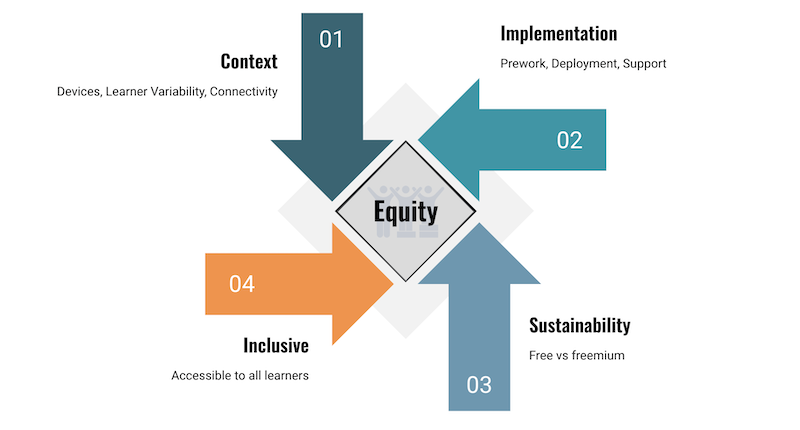
5. Transform
The final stage of the CRAFT framework does not require additional prompting or reviewing of outputs. Instead, by implementing the filtered enhancements, teachers transform the learning experience, making it more engaging, interactive, and effective for their students.
Conclusion and Call to Action
As GenAI continues to evolve, it is essential for educators to remain the experts in their classrooms and use technology as a tool to enhance, not dictate, their practices. We encourage you to employ the CRAFT Framework to center students in the learning design process. It is through the intentional underpinning of learning sciences that we can remove barriers to create rich learning experiences for all students.
Resources
Link to PDF of CRAFT (two pager)
About the Authors
Andrew Fenstermaker is the Instructional Technology Coordinator for the Iowa City School District. A perpetual learner who infused emerging technologies into his own classroom for ten years now works to empower educators through dynamic professional development, one-on-one coaching, and innovative lesson design that centers students and removes barriers to success. He is a Google Certified Coach and Innovator, leading efforts locally and nationally on adopting and scaling computational thinking and AI in education while sharing key deliverables through presentations and publications.
Drew Olsson is the Technology Integration Coordinator for the Agua Fria High School District. An advocate for staff and student AI Integration, mindful EdTech implementation, and building tech literacy for all. He taught math and computer science for 9 years before moving into his current role where he services 5 comprehensive high schools and over 10,000 students. He is invested in providing powerful learning opportunities for all students so that they may thrive in an increasingly techno-centric world. Drew holds Master’s Degrees in Secondary Education and Educational Leadership from Arizona State University.
Sarah Hampton is a Technology and Curriculum Specialist for the Greenbrier County School District specializing in secondary math education. Prior to her current role, she brought passion for evidence-based instructional strategies and thoughtful technology integration to her middle and high school math and science classrooms. A veteran educator of 15+ years, Sarah works to bring the benefits of education research to more students through embedded professional development in her district and through collaboration with researchers and educators at the Center for Integrative Research in Computing and Learning Sciences.

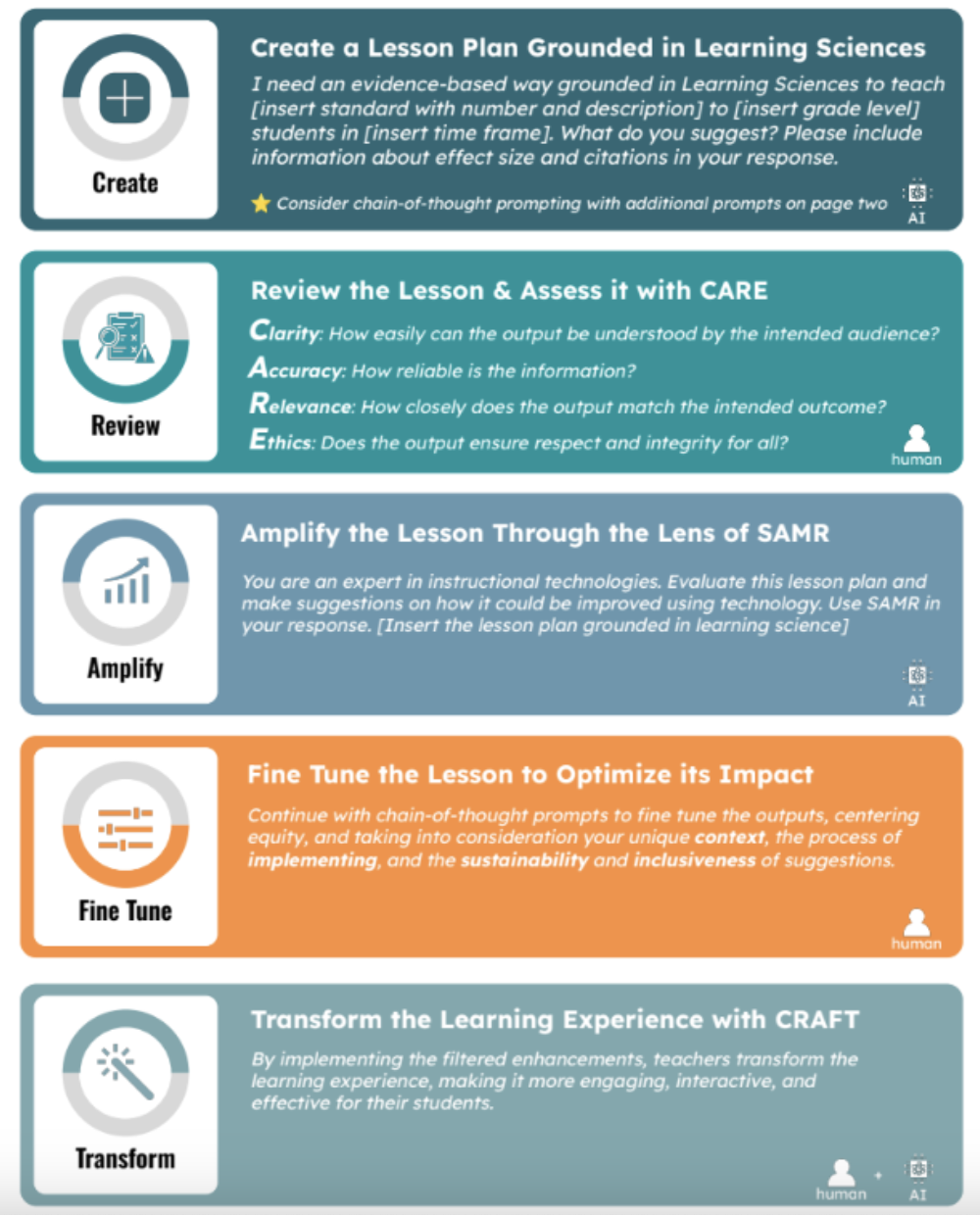
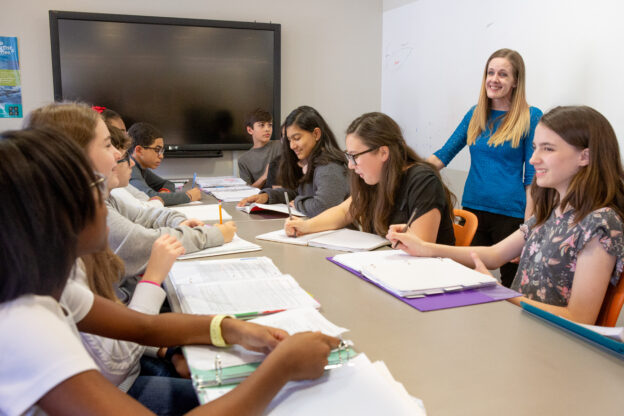
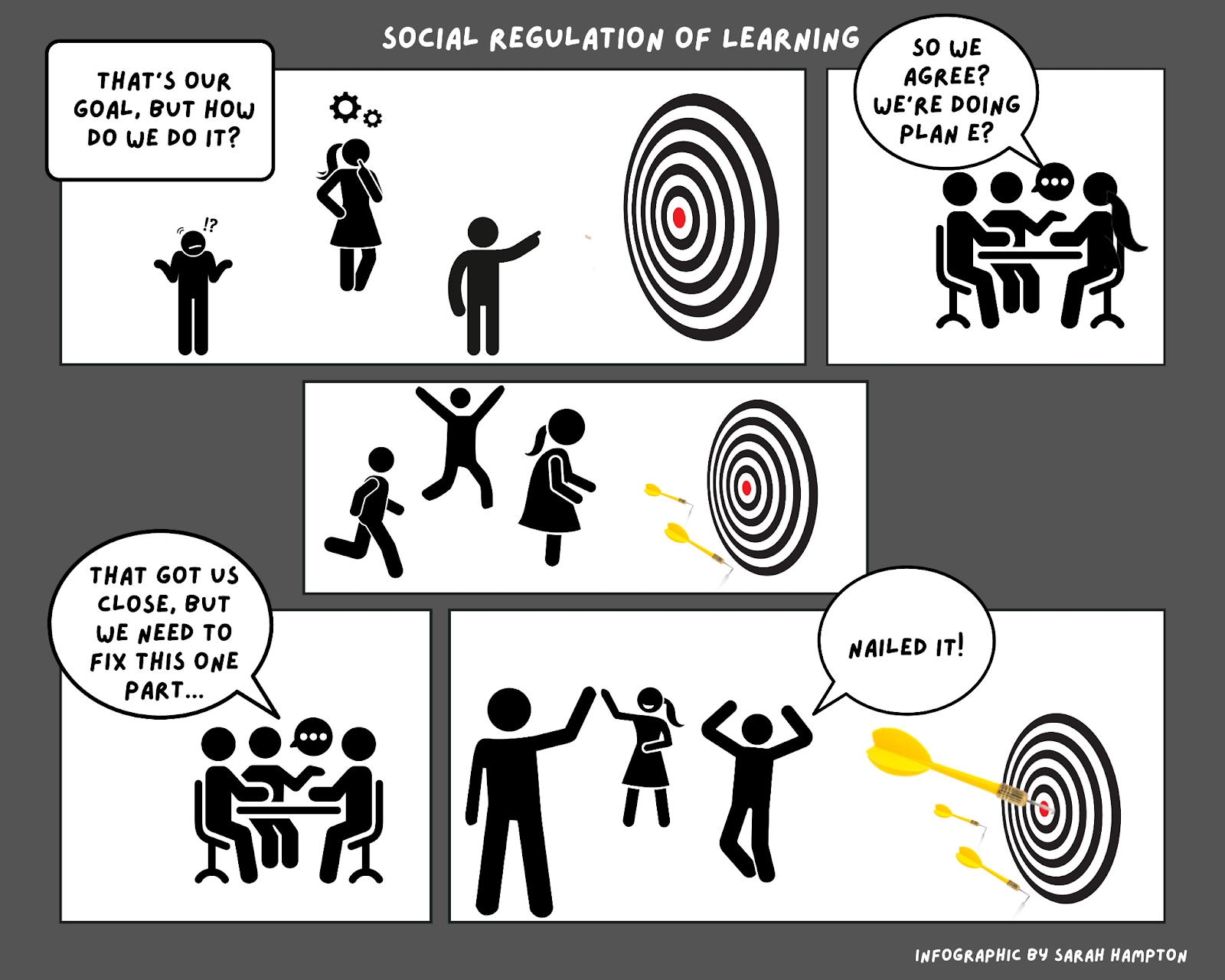
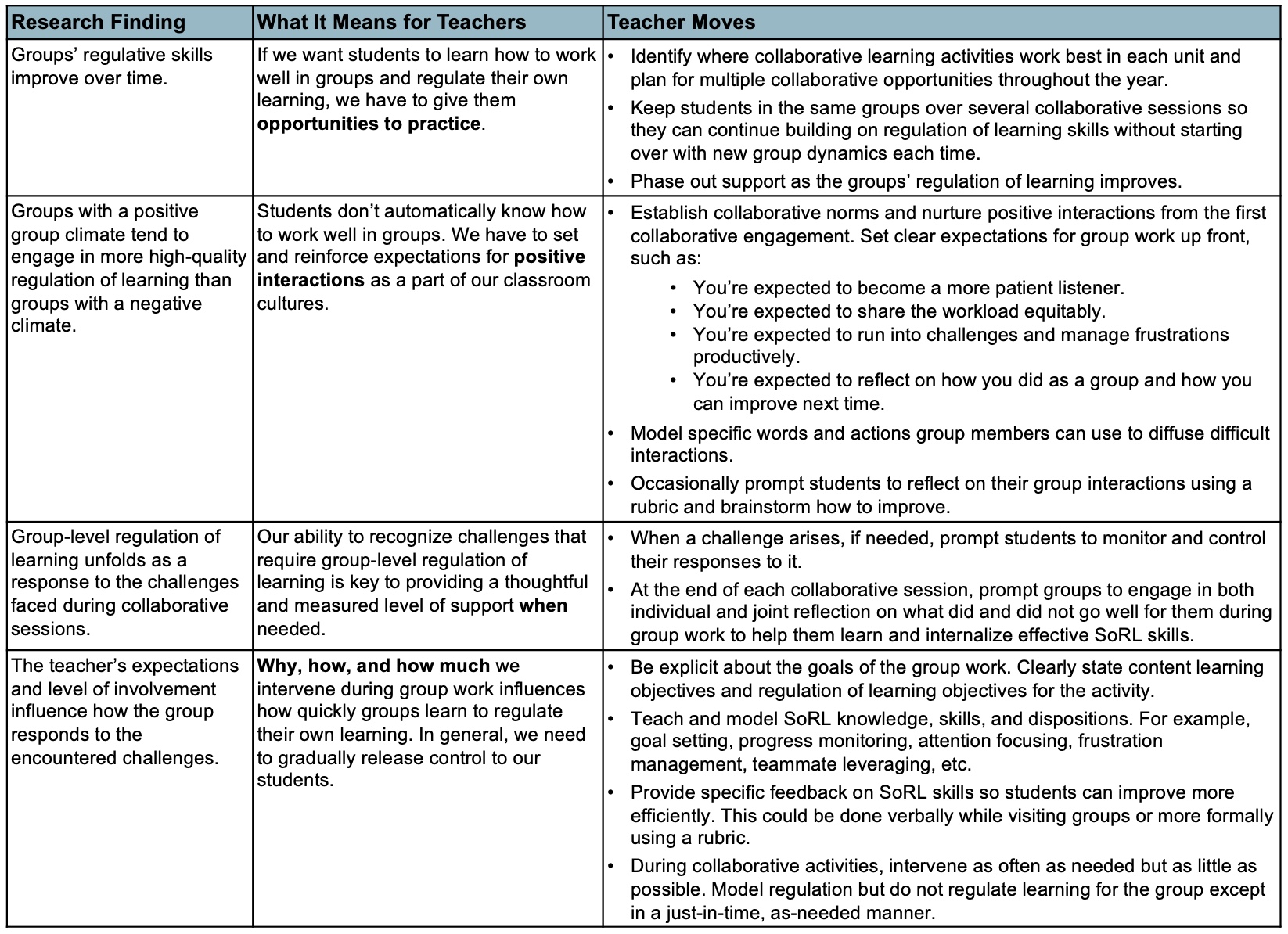
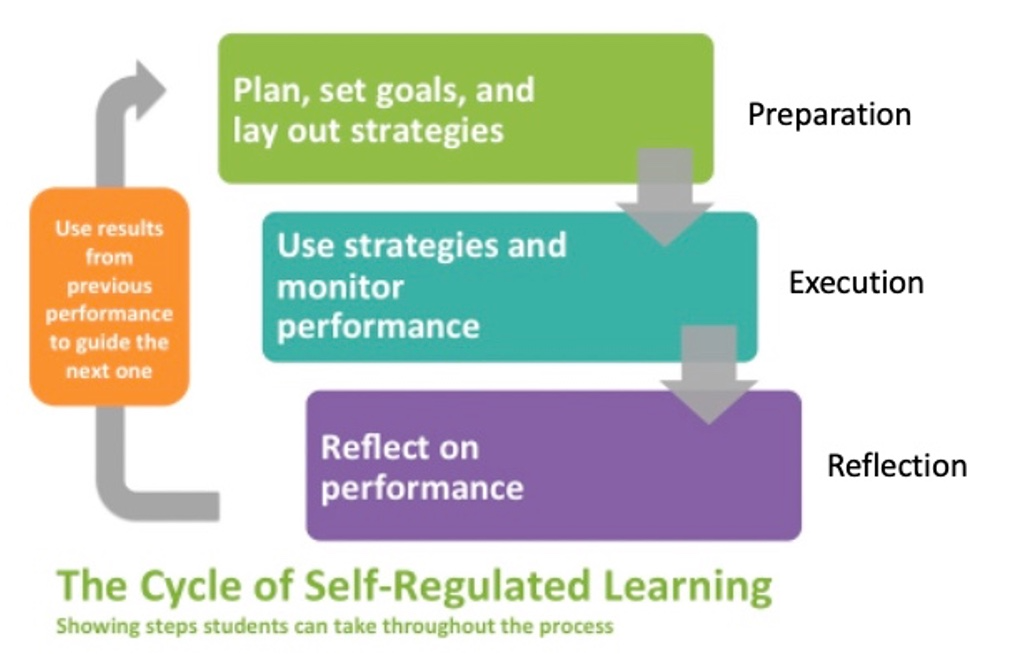
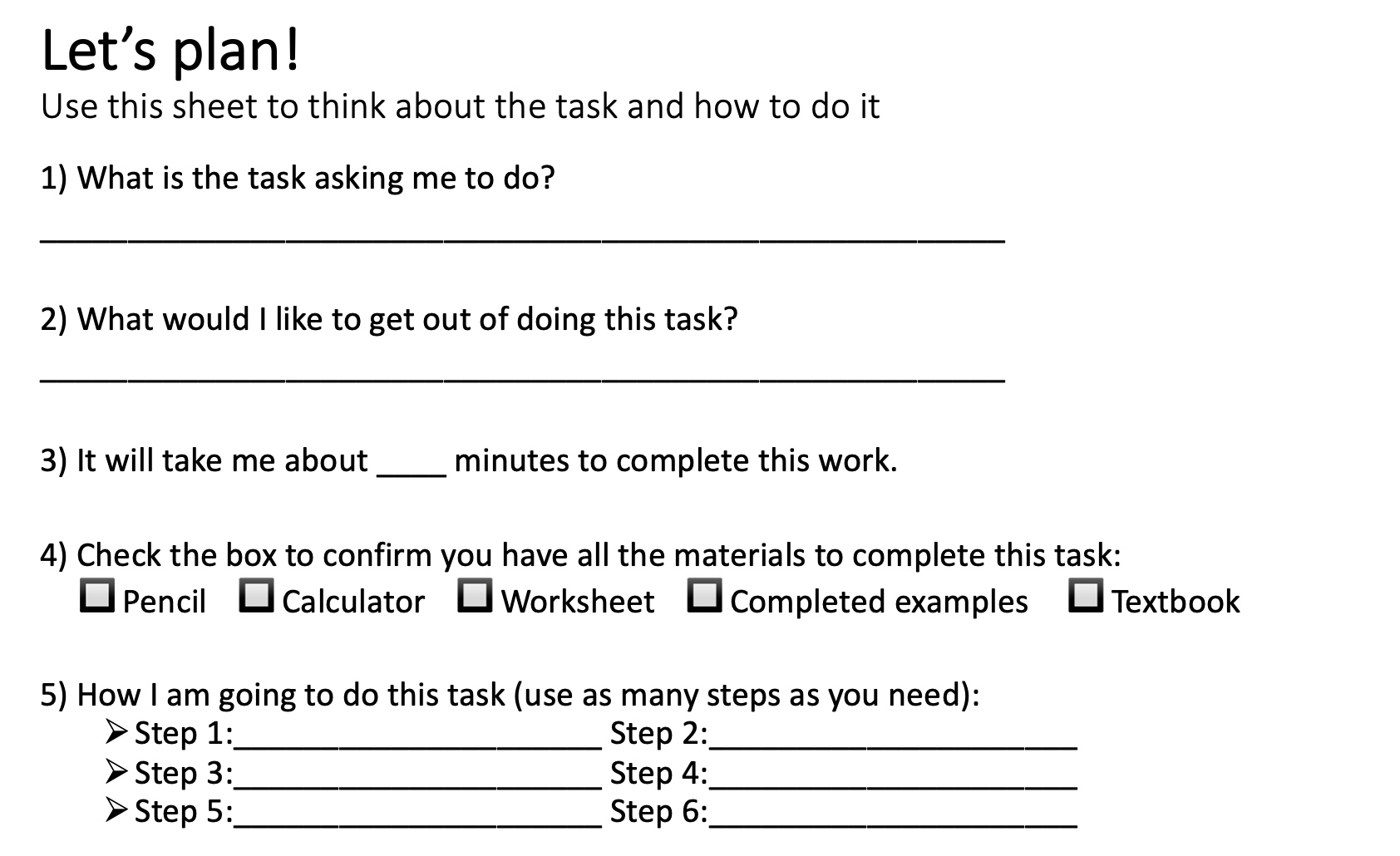
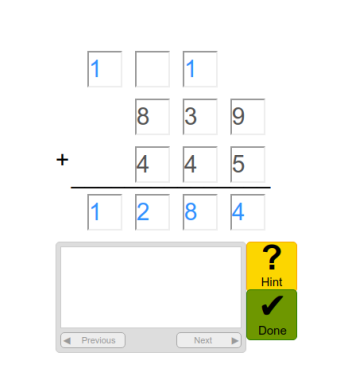

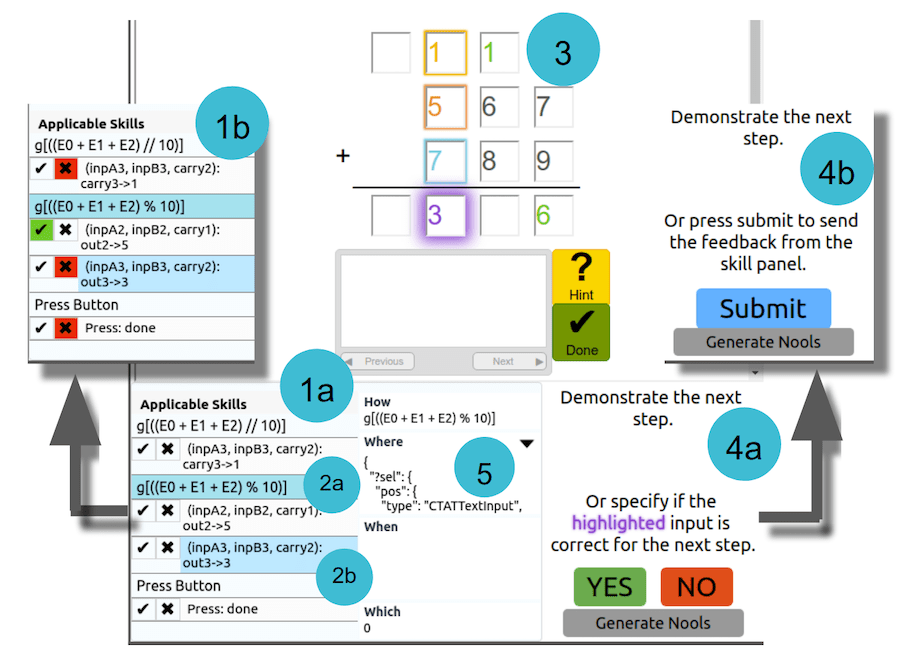
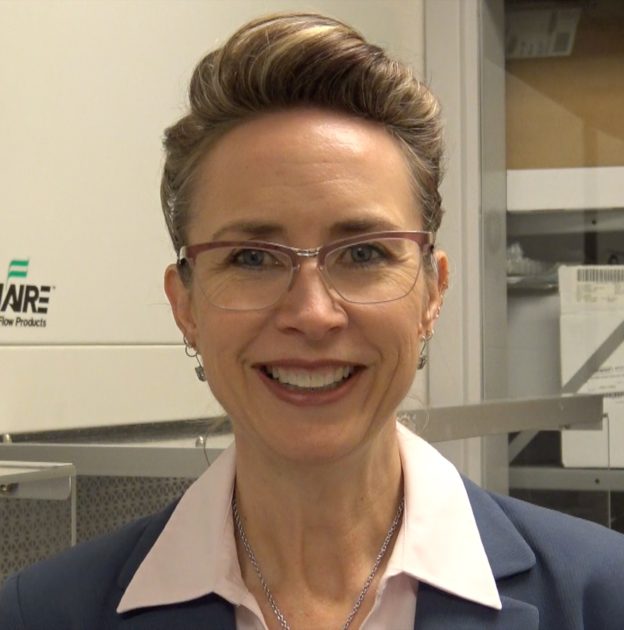 Who is Marni Landry?
Who is Marni Landry?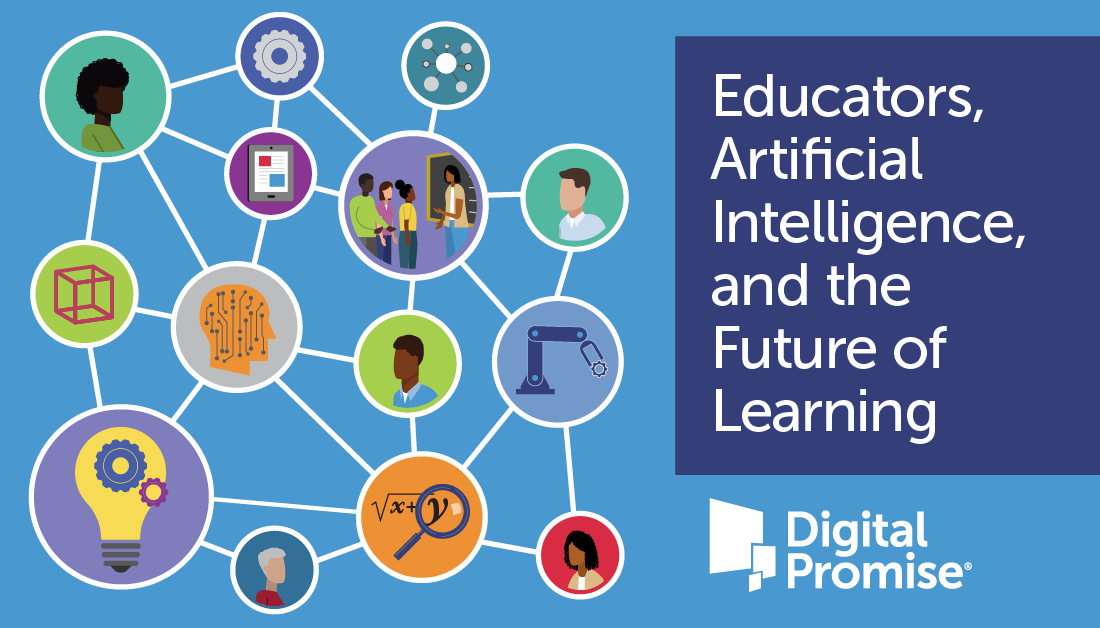
 Your pedagogy should be thoughtfully chosen based on what best supports your learning goal. That was my number one takeaway from our book study on P
Your pedagogy should be thoughtfully chosen based on what best supports your learning goal. That was my number one takeaway from our book study on P
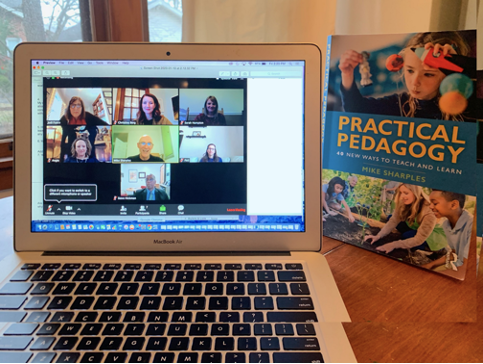 by Sarah Hampton
by Sarah Hampton by Sarah Hampton
by Sarah Hampton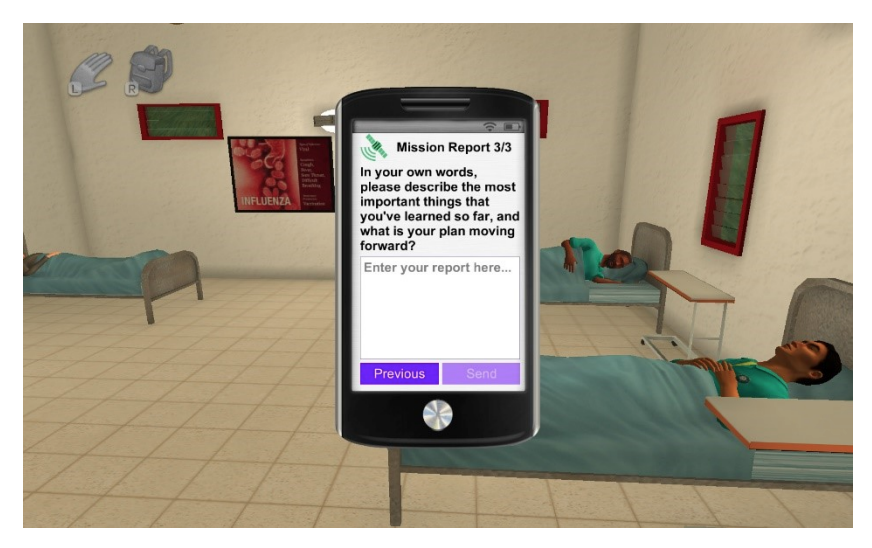 In-game reflection prompt presented to students in Crystal Island
In-game reflection prompt presented to students in Crystal Island